Some little girls grow up dreaming of Paris, and Madeleine; I grew up yearning for Norway, and snow-capped mountains. By the time I was six, I had eaten a small city’s worth of sweet Brunost, and far more lefse than matzo. By the time I was nine, I was carrying my schoolbooks in a royal blue nylon rucksack on a metal frame scaled down to child-size; it was emblazoned with the Norwegian flag, several of which also decorated my bedroom along with at least five David Cassidy posters. Instead of playing with Barbie or Chrissie — that frightening doll whose orange hair magically grew out of a hole at the top of her head — I played “viking” with a small collection of rubbery, bug-eyed trolls. I knew how to say please and thank you in perfect Norwegian, along with good morning and good night, and I was introduced very early to the works of Roald Dahl not because he was British, but because his parents were Norwegian and therefore, technically, so was he.
This was all a little weird for a Jewish child growing up in late 1960s Queens and in possession of not one drop of Scandinavian blood, but nobody bothered to inform me of that.
One of my mother’s dearest friends, Anne, was Norwegian, and had grown up as a young child in Nazi-occupied Oslo. She and her husband, who was American, lived in our apartment building and had two sons, one of whom was a year younger than I — there is a picture kicking around someplace of the two of us going trick-or-treating on Halloween in 1967 when I was four and he was three; I was dressed as a witch, and he, as Barry Goldwater. They were slightly strange, fun-loving people (who dresses a three year old up as Barry Goldwater?), and being an honorary part of their circle made me happy.
After the boys and I went off to school each morning, my mother and Anne spent their days together; they shopped and ate lunch — Anne taught my mother about Jarlsburg (the real stuff, as opposed to the low-fat waxy dreck that has replaced it in America over the years) and lefse and Brunost, made from caramelized whey. When the boys and I came home from school, we squirreled ourselves away in their bedroom and played with the dozens of trolls and ski jumping dolls that they’d brought home from Norway, where they’d visit their grandmother and cousins for a few weeks every summer.
Eventually, our connection to Anne and her family frayed amidst the sort of unfathomable tragedy that renders people speechless: her elder son died at his own hand, and her husband, as the result of a hit-and-run on one of the busiest thoroughfares in Forest Hills. She packed up her younger son and moved to another part of Queens; we rarely saw them after that, and my connection to all things Norwegian — food, culture, language, idiom — was gone. I’ve missed Anne — and Norway — all this time, and while I’ve thought of her a lot over the years, it never once occurred to me that I could actually be homesick for a culture that was neither my own, nor that had I ever experienced first hand.
As a food writer, I’ve visited a lot of places situated on the map of culinary predictability: I’ve eaten picci in Lucca and civet in Paris, cacio e peppe in Rome and manti in Istanbul. My future plans include travels to Barcelona and Ho Chi Minh City; I expect to visit Argentina over the next few years, and Ireland, and possibly Malaysia. But until I received an invitation from the Norwegian Seafood Council to spend a week in Oslo, Tromso, and Skjervoy — the latter two cities are situated four hundred miles north of the Arctic Circle — Norway as a culinary destination wasn’t exactly on my radar screen: the place existed in my metaphysical rear view mirror, and faded into the mists like an emotional Brigadoon. Norway meant family and friends long gone, and another place and time in my life that’s not always comfortable to think about. But it also reminded me how easy it is for parts of our lives to be there one minute — front and center and laden with the flavors and sensibilities of a particular culture’s table to which we’re invited as guests — and gone the next. When the Council reached out to me, I said yes, immediately and instantly; for one thing, I very much want to be proven wrong about the way I think of aquaculture, and how it impacts the environment. But almost simultaneously, I also started dreaming that I was sitting around Anne’s table in Queens, and eating brunost and klippfisk, lefse and fiskeboller, salmon and mackerel and mustard sauce. And then going into her son Jeff’s bedroom to play with the fabulous trolls that lined the his shelves.
I called Anne the night before I left for Oslo, to tell her that I was going and to say what I never had before: that Norway — her home country — had meant so very much to me as a child, and that it was her doing. And that while other little girls dreamt of Paris and the Eiffel Tower on the cover of Ludwig Bemelman’s first Madeleine book, I dreamt of fjords and mountains, ski jumpers, and the midnight sun which, no matter how hard I tried, I could never completely fathom.
At first, she didn’t recall my name; she’s over 80 now, and I’d caught her by surprise. It had been ten years since we’d last spoken, after my father died. But when I said that I was finally — at last — going to Norway, that I had been invited to visit by the Norwegian Seafood Council because they wanted to show me what aquaculture — fish farming — can sometimes look like, it was as though we’d just talked a day earlier. The conversation ebbed and flowed until I said that I was leaving the next day, and that my destination was far above the Arctic Circle; Anne’s sweet, familiar hyperbole kicked into gear.
“You’re K-I-D-D-I-N-G me,” she said, the weight of her still-heavy accent dragging the sentence out for a full half a minute.
“I’m not,” I answered. “I wanted to call and tell you because Norway was such an important part of my life as a child, thanks to you—”
“You’re K-I-D-D-I-N-G me—” she repeated. “I had no idea—-”
And really, why would she? Do children ever possess the distance and sensitivity it takes to recognize that their normal might not exist at all without the presence of a single person’s influence? Not so much. At least not in my case.
So I went to Norway, and spent hours walking around the city that occupies that nugget of my brain where childhood memory, flavor, and the hope of travel are all plaited together; for reasons I don’t understand, I never thought I’d get there, but I did.
And there’s so much more to tell.
Norwegian Lefse
I’ve been crazy for flatbread since I was a little girl; apart from pizza and matzo, I probably ate Anne’s lefse earlier than I ate any other kind. I have a very distinct memory of her mother, who spoke no English, coming over from Oslo for Christmas, and making this potato-based bread. We ate it wrapped around thin slices of Brunost, or slathered with lightly salted butter and jam. Assuming you’re not anti-carbohydrate and therefore not terrified of potatoes, you’ll find this flatbread easy to make, and an ideal way to spend an afternoon in the kitchen with a child.
Makes 12 lefse
2 cups starchy mashed potatoes, made a day in advance and refrigerated uncovered
2 tablespoons cream
1 tablespoon lightly salted butter, preferably European style (high fat)
3/4 cup unbleached flour, plus more for dusting
grapeseed oil
Place the potatoes in a large bowl, together with the cream, butter, and flour; using a large whisk or wooden spoon, fold the mixture together until everything is just blended. Fold the dough out onto a flour-dusted board, and knead by hand until smooth and no longer sticky. Cover with a flour-dusted linen napkin, and let rest for 15 minutes.
Pull off 12 evenly sized pieces of the dough, and form them into balls. One by one, place them on a floured board and, using a rolling pin, roll them until they’re paper thin rounds about six inches across.
Place a heavy skillet (well-seasoned French steel is ideal) over medium high heat, and lightly drizzle with oil. When the oil is hot but not smoking, slip each flatbread into the pan and cook about a minute per side, until lightly golden. Stack them on a plate as they’re done, separating each with paper towels.
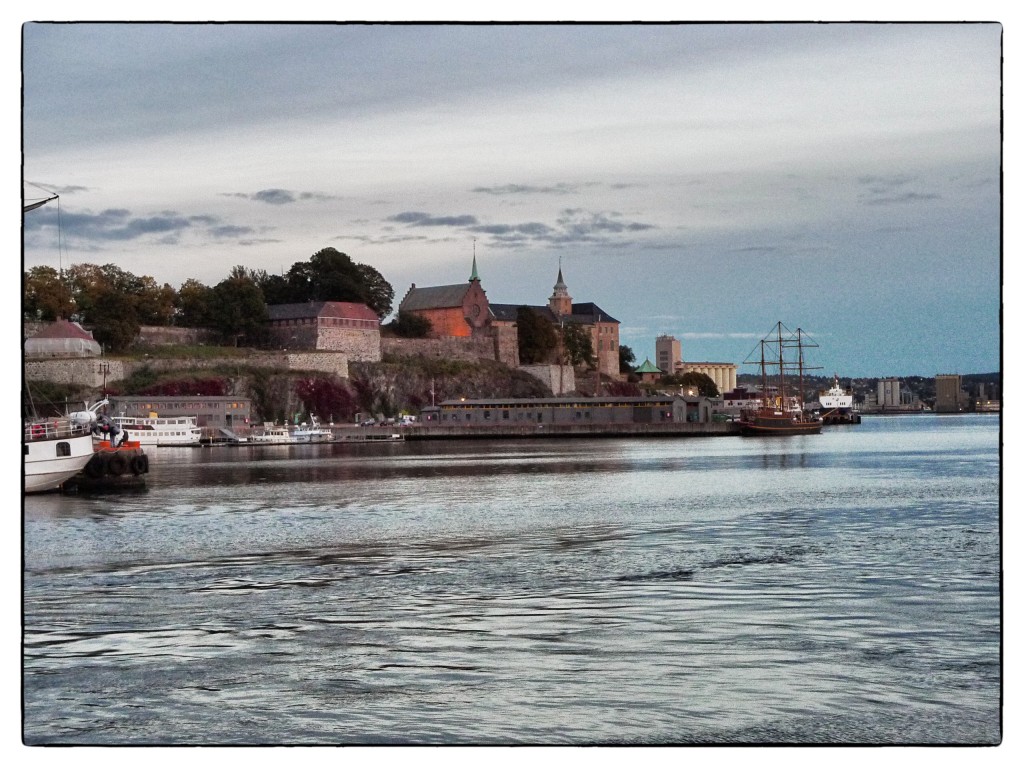
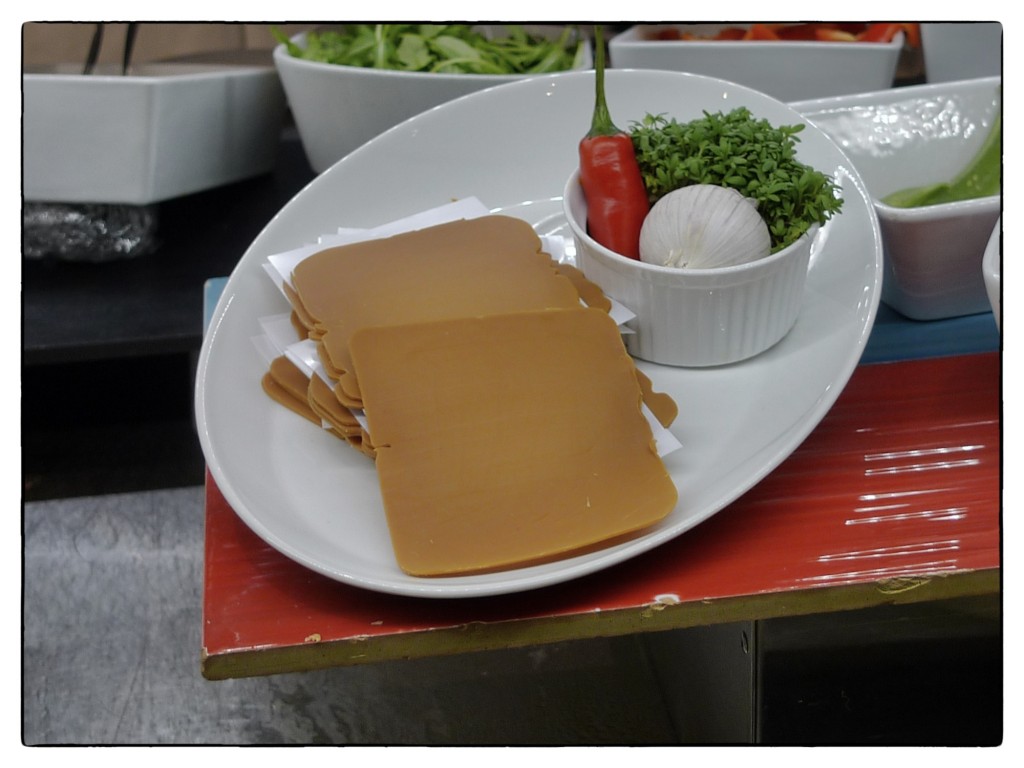
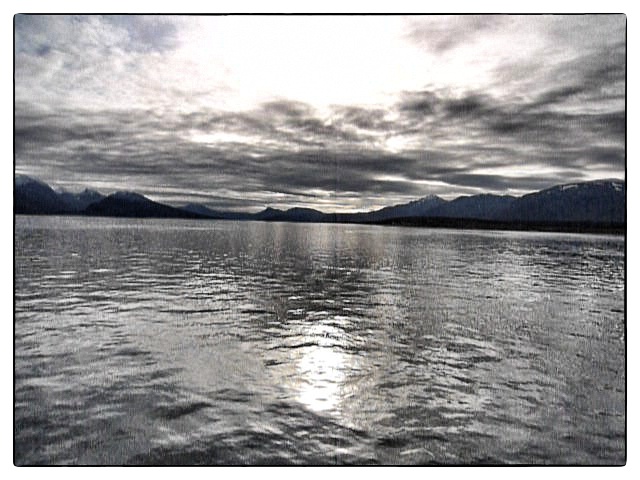
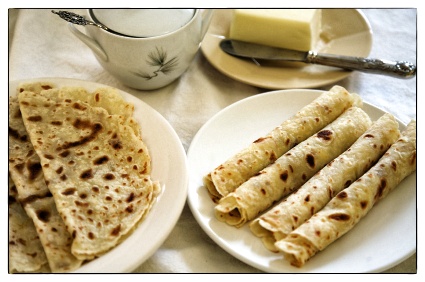

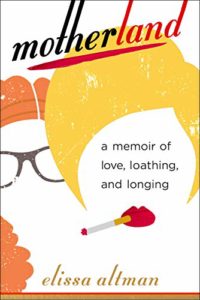


Great post. I’m eager to hear what you learned about fish farming. Are you doing a follow up?
I am, Myrna. Stay tuned. And thanks for reading-
I had NO idea you were so obsessed with Norway! You’re always such a surprise! I loved your pictures. The lefse looks better than tortillas (or the ones you get in Decorah, Iowa) and that silvery grey light is gorgeous. I want to hear more. (About the fish, too.) I loved my stay in Norway and have been trying to get back ever since.
I too love flatbread, Elissa (but I’ve never made any with potatoes!). And I assume there must be more coming from Norway? I’m hoping something about fish 🙂 Mmm. Hope you enjoyed your Scandinavian adventure. xx–S
From Forks Over Knives to lefse; from Queens to Norway..you bring us along on journeys so rich with imagery and replete with flavor. I love your writing and your recipes. Each post is a sheer delight (and yes, I am going to try and make lefse – you make it sound far easier than it will probably be)..xox,m
I, too, have been obsessed with all sorts of things Scandinavian. I even tried knitting some authentic ski jumpers. I’ve wanted to visit for asking as I can remember. I’m supremely jealous of your opportunity to visit and I can’t wait to hear all about it.
What a sweet story! I think those childhood obsessions/dreams are so wonderful. And even more wonderful to finally see one fulfilled!
When we lived in northern MN we were exposed to all things Scandinavian, including the food. At that time we had a small herd of dairy goats, and I learned to make Gjetost, which I love (it’s like Brunost but made with goat’s milk instead of cows.) I could never bring myself to eat lutefisk though, that was beyond my ken.
Such a warm and touching story. Glad it brought back such nice memories for you! Going to attempt the Lefse at some point after I attempt Chef Medhus’s lightly smoked and baked salmon. Still my fav dish from the trip!
Just love your writing. So, well, you. And by the by, I loved my Chrissie doll!
Much Love!
Elissa, your writing is superb! Norway has forever inspired me. My Best, Stella
Thanks so much Stella.
Found your blog through Orangette. Really glad I did. I’m enjoying your storytelling!
Thanks so much Alina!
I love your food diversity and the detail you use in your writing. You make learning about food and cultures not only interesting but fun.